By: Brian Rog & MaryLynn Jacobs (MS OTR/L CHT)
With the warmer temps settling in, many of us see this as an opportunity to head into the yard for much-needed hands-on therapy. Unfortunately, as we work against the hands of time, we have tendencies to unknowingly overload our bodies. As a result, such demands will inevitably cause our health to possibly tailspin, leaving a lasting strain on how we function and feel. So before putting in some serious sweat equity, it’s important to stretch and be mindful of proper body mechanics.
Listed below we’ve included a few simple steps to make stress-free work of demanding labor in the garden and yard.
Tip 1: Protection
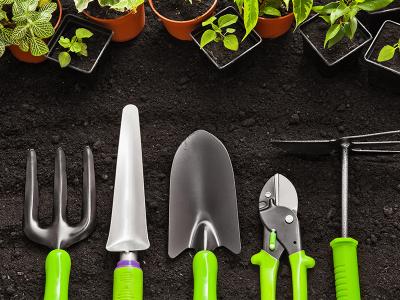
Often times we underestimate the importance of safety gear when pursuing varying levels of projects. By following a few fundamental safety guidelines, our chances of injury are significantly reduced.
• Wear gloves at all times. Bacteria and fungus live in the soil and a small irritation or cut can develop into a major hand infection. Thick, leather or suede gloves may protect your hands form thorns, cuts and scrapes.
• Keep your hands and arms covered – be especially careful if you live in an area where you may disturb a snake, spider or rodent living in your garden. Covering your skin will better protect you from poison ivy, insets bites and other common skin irritants that may inhabit a garden.
Tip 2: Maintaining Proper Body Mechanics
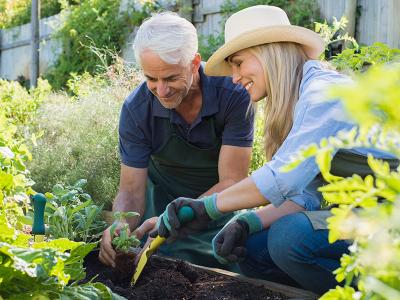
Proper body mechanics are the key ingredient to maintaining a healthy back. And a healthy back is a key component to sustaining a well-balanced lifestyle.
• When raking or sweeping, try to move with your feet and legs instead of reaching or twisting.
• Contracting or tightening your stomach muscles (stabilizing and engaging your core) while moving or lifting will help protect your back.
• Be sure to lift objects with your legs by bending your knees and squatting down to the object when lifting it up.
• Keep your back straight and hold the object close to your body to avoid extra stress through your back.
• Avoid twisting whenever possible; instead try to pivot with your feet to keep your spine in a neutral position.
Tip 3: Protect your Joints

Our joints play a crucial role in helping the body move and bear weight. Gardening can be a great way to retain joint flexibility and range of motion. With the proper tools by your side, maintaining healthy joints will be well within reach.
• Choose tools with padded handles to protect the small joints in your hands and fingers from excess pressure. Wider handles help distribute the force throughout the surface area of your hand and fingers.
• Tools like shears or clippers with a spring like action self-opening feature are helpful if you have a weak grasp.
Tip 4: Conserve Energy
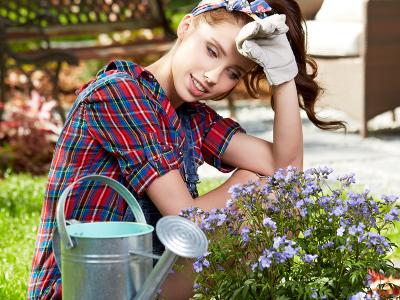 Conserving energy is critical to fighting fatigue. In doing so, we allow our bodies to function at a comfortable, unstressed level.
Conserving energy is critical to fighting fatigue. In doing so, we allow our bodies to function at a comfortable, unstressed level.
• Sit while working to conserve energy and decrease stress on your back, knees and hips.
• Use a kneeler seat, a combination kneeling platform and seat that helps you rise from a kneeling to a seated position – if you do not have a kneeler seat, consider a short gardening stool or bench.
• Take a break every hour or switch to another activity. Overuse of repetitive motions such as digging can cause tendonitis of the elbow or may lead to nerve-related irritations such as carpal tunnel syndrome.
• Break up large garden projects into shorter tasks incorporating a rest and stretch break between gardening sessions.
• Stop work for the day before you become overtired.
• Plan ahead – use a wheelbarrow, rolling basket or large handled container to carry supplies to and from the garden or work area.
• Use both hands for heavy activities, like lifting a bag of potting soil or moving a plant or better yet, ask for assistance.
Tip 5: Limit Lifting
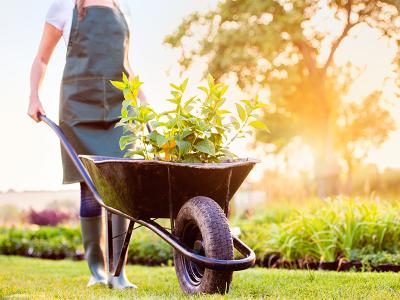 Overlifting does more harm than good. It can severely impact our muscles, joints and discs, ultimately leaving our bodies in turmoil. Respect your body’s limits!
Overlifting does more harm than good. It can severely impact our muscles, joints and discs, ultimately leaving our bodies in turmoil. Respect your body’s limits!
• Lift lighter loads – watch out for those heavy bags of soil, mulch, or fertilizer.
• Instead of moving the whole bag, divide it into smaller, more manageable loads and use a cart or wagon to move materials.
• When lifting, use the muscles in your legs and your back for the heaviest exertions. Ask for help, or hire it, if necessary for heavier tasks.
• Decrease reaching/stretching distance between you and the object.
Tip 6: Think Small
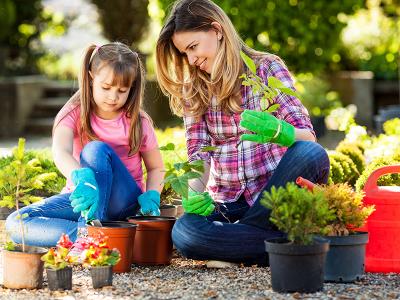 Start with a small garden area that you can manage without excess exertion. Locate it near your house and water supply to reduce hauling long lengths of hose. Lightweight hoses and coiled hoses produce less stress and wear on your body.
Start with a small garden area that you can manage without excess exertion. Locate it near your house and water supply to reduce hauling long lengths of hose. Lightweight hoses and coiled hoses produce less stress and wear on your body.
Tip 7: Variety is the Spice of Life
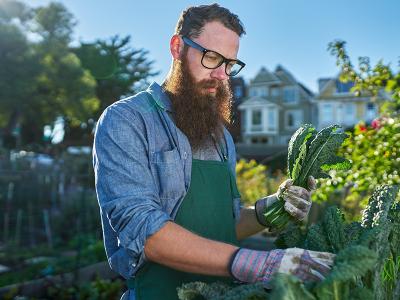 Vary your tasks to help avoid overstressing any one part of your body.
Vary your tasks to help avoid overstressing any one part of your body.
• Change your position frequently to keep from becoming stiff.
• Tightly gripping or pinching a tool for extended periods can cause swelling in the hands and arms, and hunching over or kneeling for prolonged periods can cause back strains and knee pain.
Beyond the sensationalizing affects gardening has on our physical and mental being, it is important we make good on using safe techniques and proper body mechanics to help keep this cherished hobby a state of unstructured, endless fun and relaxation.
If you have persistent or an unfamiliar pain from yard work, stop in or call any ATI location for a complimentary injury screen or to learn more about how physical therapy can help you overcome your pain.